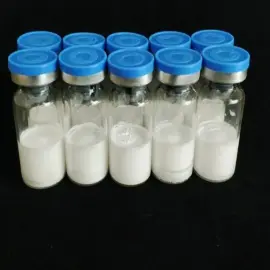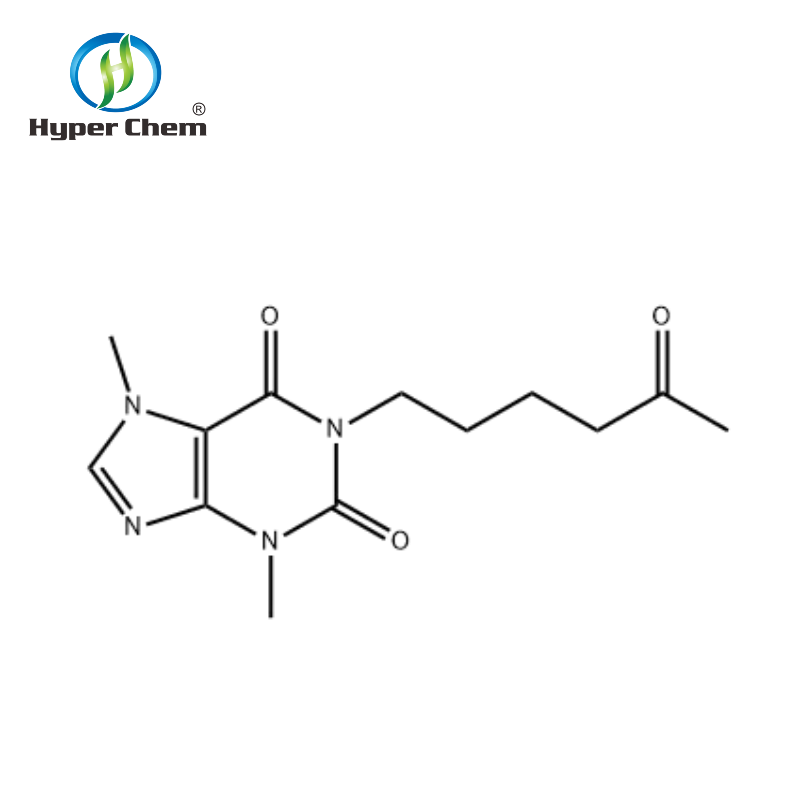-
Categories
-
Pharmaceutical Intermediates
-
Active Pharmaceutical Ingredients
-
Food Additives
- Industrial Coatings
- Agrochemicals
- Dyes and Pigments
- Surfactant
- Flavors and Fragrances
- Chemical Reagents
- Catalyst and Auxiliary
- Natural Products
- Inorganic Chemistry
-
Organic Chemistry
-
Biochemical Engineering
- Analytical Chemistry
-
Cosmetic Ingredient
- Water Treatment Chemical
-
Pharmaceutical Intermediates
Promotion
ECHEMI Mall
Wholesale
Weekly Price
Exhibition
News
-
Trade Service
Tiropane, also known as tirofiban, is a thrombin inhibitor used in the medical field to prevent blood clotting.
The chemical industry also utilizes this compound, which can be derived from a natural source, as an intermediate for the production of other chemicals.
The upstream and downstream products of tirofiban are a vital part of the chemical industry, as they are used in the production of various chemicals and pharmaceuticals.
Upstream products are the raw materials used in the production of downstream products.
In the case of tirofiban, the upstream products include the natural source from which it can be derived, as well as the chemical reagents and solvents used in the synthesis of the compound.
The natural source of tirofiban, such as the plant or animal from which it is extracted, can be considered an upstream product.
Similarly, the chemical reagents, such as hydrogen chloride, acetic anhydride, and benzaldehyde, used in the synthesis of tirofiban can also be considered upstream products.
Downstream products are the end products that are produced using the upstream products.
In the case of tirofiban, the downstream products include any chemicals or pharmaceuticals that are produced using tirofiban as an intermediate.
For example, tirofiban can be used in the production of hemostats, which are compounds that promote blood clotting.
These hemostats can then be used in the production of other pharmaceuticals, such as plasma expanders or blood transfusion solutions.
The upstream and downstream products of tirofiban have a significant impact on the chemical industry.
The availability and cost of upstream products can affect the cost and quality of downstream products.
Similarly, the demand for downstream products can affect the production of upstream products.
For example, if there is a high demand for hemostats, the production of tirofiban may increase, which can lead to a reduction in the cost of the compound.
One of the key benefits of the upstream and downstream relationship between tirofiban and other chemicals is the ability to increase efficiency and reduce waste.
By using tirofiban as an intermediate, the production of other chemicals can be streamlined, reducing the amount of waste generated and increasing the overall efficiency of the process.
For example, the use of tirofiban as an intermediate in the production of hemostats can reduce the amount of time and resources required to produce the final product, resulting in a more efficient and cost-effective process.
Another benefit of the upstream and downstream relationship between tirofiban and other chemicals is the ability to reduce the environmental impact of the production process.
By using tirofiban as an intermediate, the production of other chemicals can be made more sustainable, reducing the amount of energy and resources required to produce the final product.
This can help to reduce the carbon footprint of the production process and make it more environmentally friendly.
In conclusion, the upstream and downstream products of tirofiban are a crucial part of the chemical industry.
The natural source from which tirofiban can be derived, as well as the chemical reagents and solvents used in its synthesis, are all consider upstream products.
The hemostats, plasma expanders, and blood transfusion solutions produced using tirofiban as an intermediate are consider as downstream products.
The upstream and downstream relationship between these products allows for a more efficient, cost-effective, and sustainable production process that have a significant impact on the industry.







